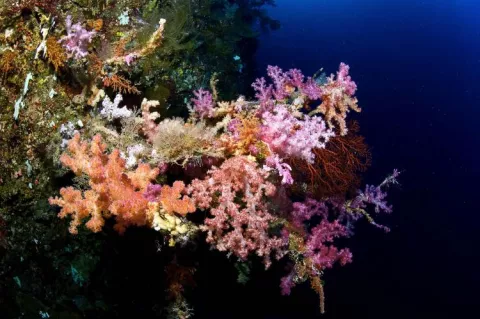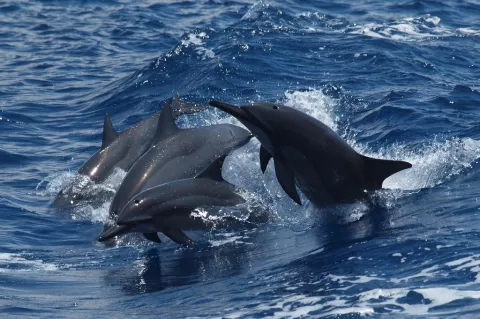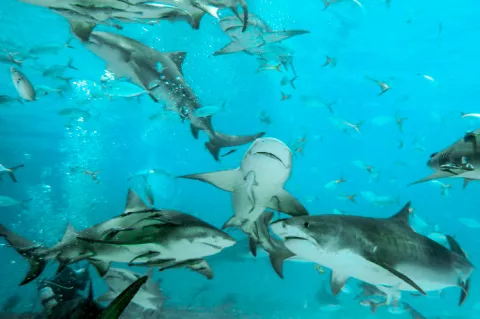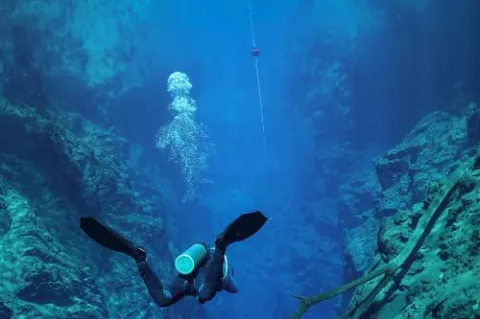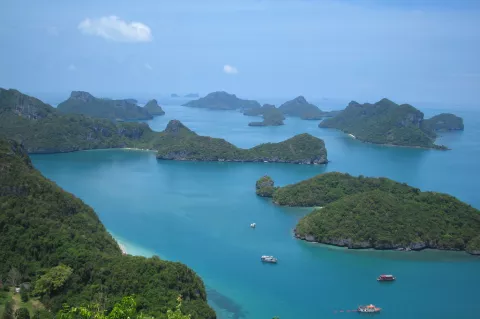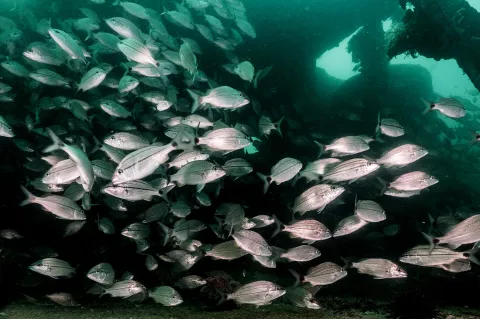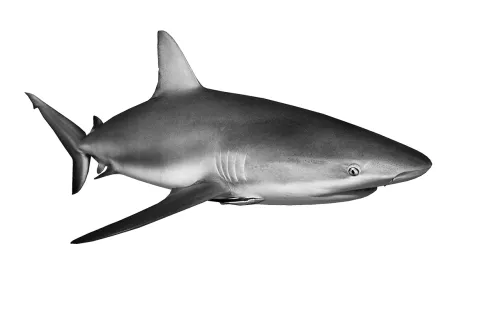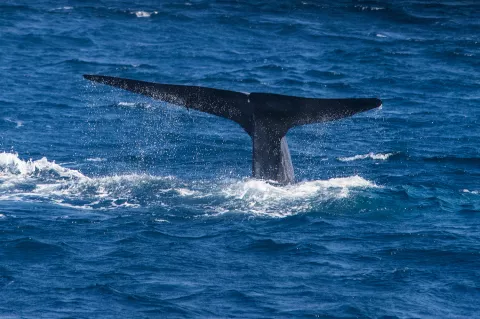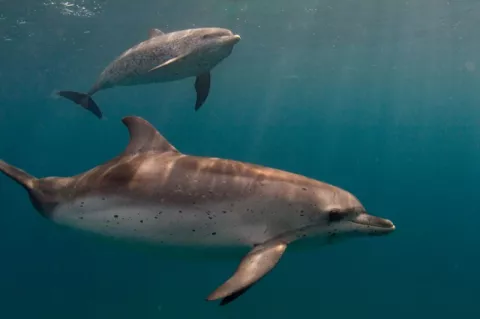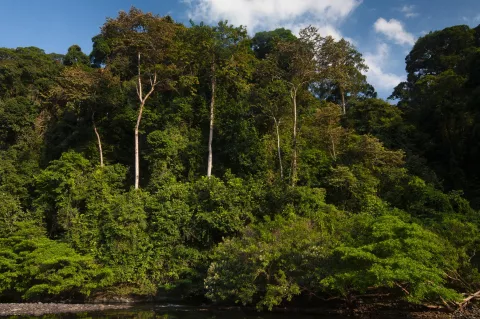Help protect the Coral Reefs
Our coral reefs are now under threat not only from the global warming, pollution and exploitation but also by the conduct of divers in these sensitive areas. The reefs are now calling for our protection both when we dive and as contributors to the ongoing struggle to preserve these unique ecosystems for future generations.

